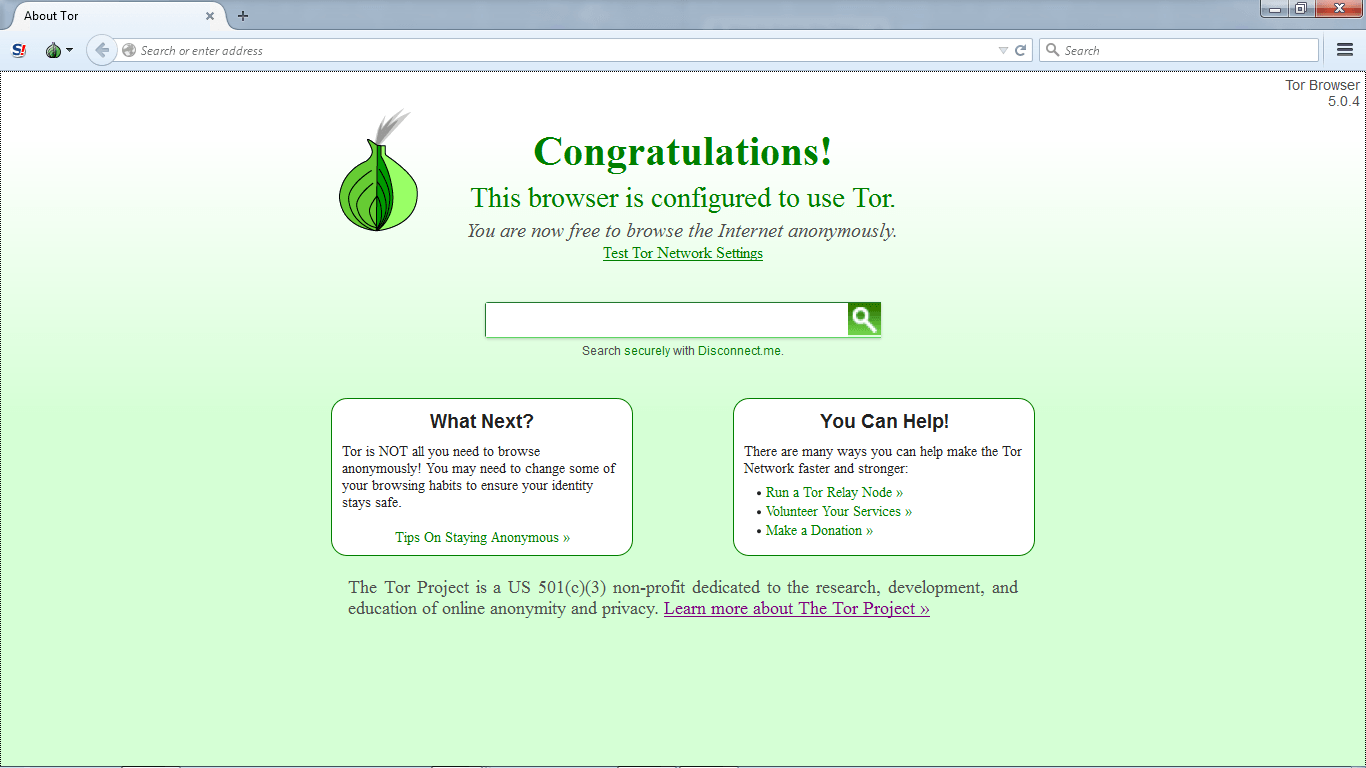

In conversations about the history of the dark web, we cannot leave out Tor, which was instrumental in creating a home for the dark web. Though it's not clear whether or not the creators of Freenet were inspired by Tor, these two software, along with another called I2P, paved the way for widespread access to anonymous Internet browsing. Though Freenet didn't gain nearly as much popularity as Tor did, it helped stimulate demand for anonymous Internet access.
#POPULAR TOR BROWSER WEBSITES SOFTWARE#
In 2000, Freenet, a free software which lets you anonymously share files, browse, and publish "freesites", was released. The meteoric growth of Napster at the turn of the millennium highlighted the increasing demand for products sold online, as it was easy and convenient.Īs people began to realize that the Internet could be a one-stop shop to get whatever they wanted whenever they wanted, it was only a matter of time until more illegal transactions started happening online.Īs a side note, the 1990's were also when Tor, a private Internet browsing network that would later serve as a main connecting point to the dark web, was in its early developmental stages. It wasn't long until illegally ripped music made its way online to forums, and later, to a music sharing site called Napster. It was such a revolutionary concept at the time that millions of early adopters began flocking online to try it out for themselves.ĬD's, the music consumption method of choice in the 90's, along with the release of MP3 compression formats, allowed people to easily begin to illegally rip CD's. In August of 1991, the Internet finally became publicly available. The 1990's is known as the decade of the Internet boom and the Dot-Com Bubble. 1990's: Public Release of the Internet and Rise of Illegal Music Streaming The rise of data havens demonstrated a growing concern over online privacy, a similar concern that dark web users later on shared. A response came in the form of "data havens".ĭata havens functioned similar to tax havens in that mountains of data could be exported to countries with lax laws to keep it out of the hands of governments at home. With all the Internet popularity came questions about where all the data should be stored. The Internet was released to the world around 1983, quickly gaining popularity as the world began to be more and more connected. That's why it's no surprise that the dark web began to take shape just a few decades later. The civilian version formed the basis for what later became the Internet.Īt their core, both the dark web and ARPANET are rooted in the same desire for secure correspondence.

This led ARPANET's founders, in 1983, to split ARPANET into two parts: MILNET, to be used by military and defense agencies, and a civilian version of ARPANET. Though ARPANET researchers had the freedom to try bold experiments such as this one, it still had strong ties to the government. Stanford students used ARPANET accounts at Stanford University's Artificial Intelligence Laboratory to engage in a commercial transaction of marijuana with their counterparts at MIT. This can be seen in the facilitation of the first illegal online transaction using ARPANET in the early 1970's. This led ARPA to start funding ARPANET in the hopes that it could be used to link computers at Pentagon-funded research institutions over telephone lines.Įven though ARPANET became more privatized by the government over the years, they still let researchers, who primarily worked in universities around the country, have the freedom to try radical experiments. Defense Department, sought a computer-based communications system without a central core, which would protect against enemies attempting to black out entire networks by simply destroying its core. The Advanced Research Projects Agency (ARPA), an arm of the U.S. Though ARPANET started out as an invention for the world of academia, the military, who was dealing with the Cold War during this time, quickly found use for it. ARPANET was a computer communications system that later took on a tentacle-like structure that made communicating between devices possible. The idea for ARPANET arose from a desire to share information over great distances without the need for phone connections between each computer on a network. 1960's: Formation of ARPANETĪRPANET, also known as the Advanced Research Projects Agency Network, was an experimental computer network created in the 1960's that was the forerunner of the Internet and later on, the dark web. The idea of an anonymous online communications network, which is the core of what the dark web is, stretches back all the way to the 1960's with the creation of ARPANET. 2 quick tips on how businesses can keep their sensitive information off the dark web.Understanding evolving dark web trends is crucial to keeping your personal information from being published on it.


 0 kommentar(er)
0 kommentar(er)
